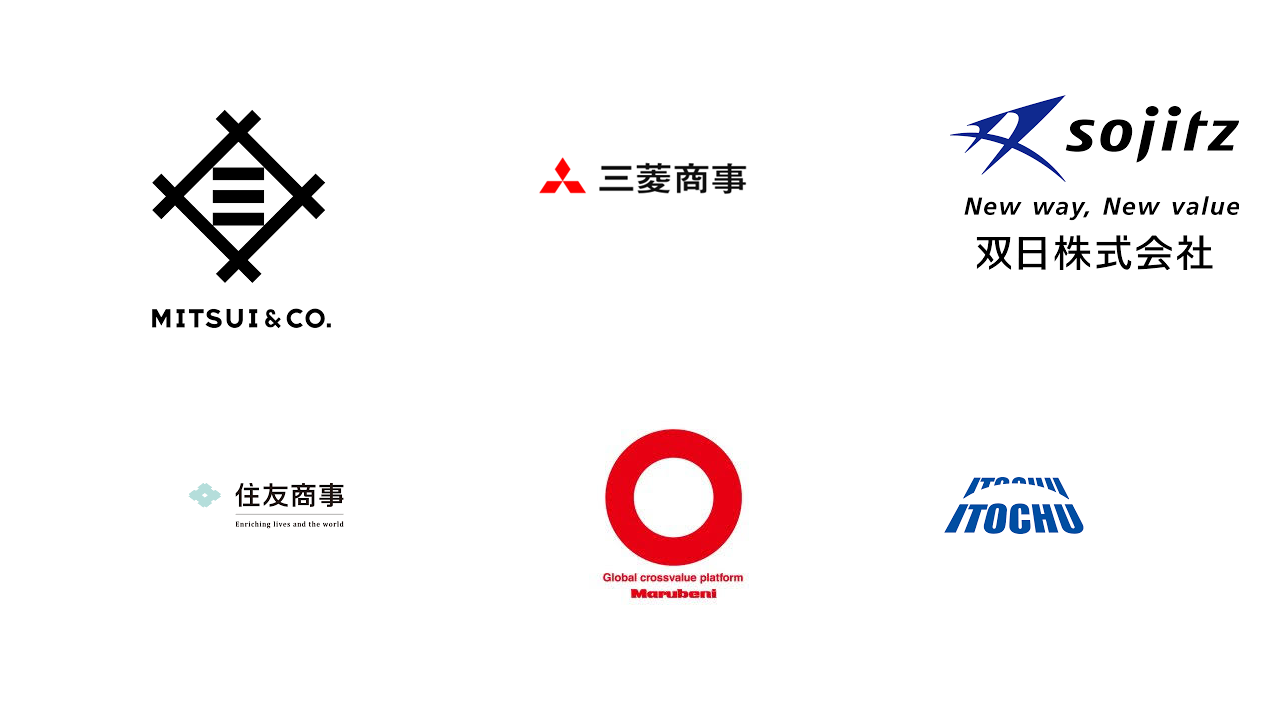Trading Houses’ Shipping Divisions Show Clear Strategic Differences 商社船舶部 事業戦略の違いが鮮明に

Focus on Assets, with Priority on Owning Environmentally Friendly Vessels
アセット重視、環境対応船を優先保有も
The differences in business strategy among the shipping divisions of Japan’s trading houses have become increasingly apparent. The overall ROE of Japan’s major trading houses stands at 10–15 per cent, placing them among the top tier on the Tokyo Stock Exchange Prime Market. Japan’s general trading houses are also setting profit targets for their shipping divisions of around 10 per cent ROE.
Key Points of the Article
→ Traditionally, the business of Japanese trading houses’ shipping divisions centred on connecting shipowners’ newbuilding orders to shipyards and handling the sale and purchase (S&P) of second-hand vessels. Recently, however, they have shifted towards an asset-based (ship ownership) business in order to meet company-wide profit targets.
→ Several shipping divisions are ordering newbuildings from Chinese shipyards, linking them to chartering activities while also eyeing opportunities for resale. Meanwhile, other trading houses are switching to a strategy of prioritising the ownership of environmentally compliant vessels, embarking on the ownership of higher value-added tonnage.
“You can read the rest of the article in both English and Japanese.” (続きは英語と日本語で書かれた本文でお読みください)
商社船舶部、事業戦略の違いが鮮明に アセット重視、環境対応船を優先保有も
日本の商社船舶部の中で、事業戦略の違いが鮮明になってきた。日本の大手商社の会社全体のROEは10-15%と東証プライム市場でもトップクラスだ。日本の総合商社は船舶部の利益目標についてもROE10%程度の利益目標を設定する。
この記事のポイント
→従来、日本の商社船舶部のビジネスは船主の発注船を造船所につなげたり、中古船の売買船(S&P)が主流だったが、最近では会社全体の利益目標を達成するため、アセット(船舶保有)ビジネスにシフトしている。
→複数の商社船舶部が中国造船所に新造船を発注し用船活動につなげるほか、転売などの機会を伺う。一方、他の商社は環境対応型の船舶を優先的に保有する戦略に転換、高付加価値船の保有に乗り出している。
“You can read the rest of the article in both English and Japanese.”(続きは英語と日本語で書かれた本文でお読みください)








コメント